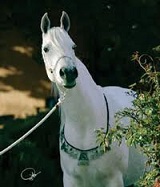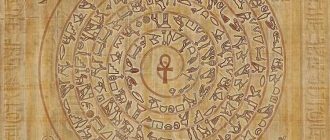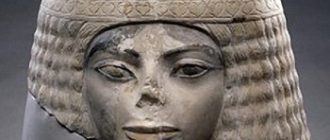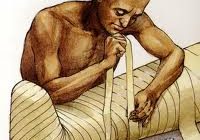Want to learn more about the Egyptian Arabian horses? Read on for facts and info on one of the oldest and most highly revered breed of horses in the history of the world…
The Arabian horse is a very unique breed of horse that originates from the entire Middle East region. The Egyptian Arabian horse is characterized by the distinctive shape of its head and with a high tail carriage that gives it a very handsome appeal. Arabian horses are extremely easy to recognize and are also considered as being one of the oldest surviving purebred breeds of horses.
Archaeologists have been able to find carcasses of Arabian horses in Egypt dating to more than 4500 years ago in Egypt. The resemblance of these historical forces with the modern-day Arabian horse was strikingly accurate. Throughout the history of the Arabian horse it has been the animal of choice for transport, trade as well as the ultimate warhorse.
The Egyptian Arabian horse is by all means one of the most highly regarded horses in the history of the world. In fact breeders today add Arabian horses to their breeding pool so that the next generation can benefit from their genes especially in terms of good bone structure, a remarkable endurance, refinement and speed. This is the reason why you will be able to find Arabian bloodlines in almost every single modern breed of riding horses.
A large majority of the Arabian horse population in Egypt was actually imported from the Arabian Peninsula and the deserts of Palestine. It was following the import of this unique breed that they started to flourish within Egypt as many people took to breeding these horses in order to multiply their population. After the Ottoman Empire established its presence in Egypt the need for high-quality Arabian horses grew as they were ever popular amongst the Ottomans. It would be Ottoman Caliph Mohamed Ali Pasha who set up a massive stud farm of Arabian horses in Egypt.
The stud farm continued to breed Arabian horses in large quantities following the death of the Caliph as Abbas Pasha took the charge. However following the death of Abbas Pasha in 1854 a large majority of the Egyptian Arabian horses were sold off by the successor Caliph Elhami Pasha, who assumed the leadership after the assassination of Abbas Pasha. He sold these horses for crossbreeding and gave many others away in the form of diplomatic gifts.
Further loss to the population of Egyptian Arabian horses occurred in the 1870s when a deadly epidemic of African horses plagued the horses in Egypt. Some of the best bloodlines that were considered to be irreplaceable were completely wiped out because of this disease. Towards the end of the 1800s a number of horses were sold to Wilfred and Lady Anne Blunt and it is through these individuals that the Arabian horse made its way to England.
On noticing the diminishing population of the Egyptian Arabian horses a number of Arabian horse enthusiasts took stern measures to control the loss and actually reverse the trend. They convinced the government to patronize the breeding of Egyptian Arabian horses so that once again this amazing breed of horses could thrive in the territory. It is because of the results of these efforts that the Royal agricultural Society was initiated by the government in 1908 and took charge of increasing the population of Egyptian Arabian horses.





